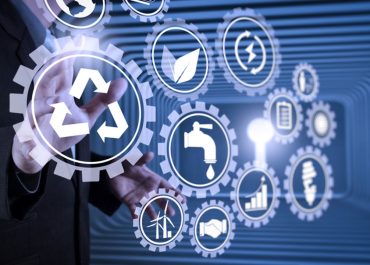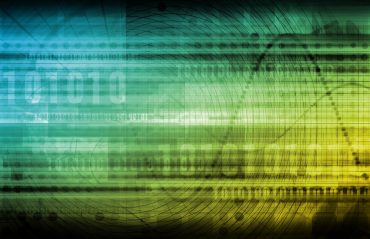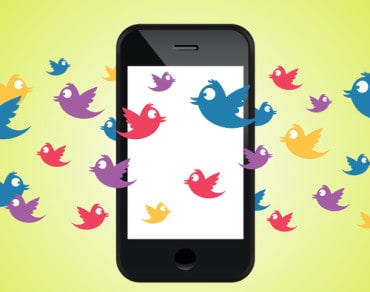
Your identity in various metaverses will matter more than ever because a digital twin will be a virtual representation of you, the individual.
You may have heard the term “digital twin” on a tech podcast. Or perhaps you’ve come across it while at your favorite tech website. If you haven’t yet, you will. It’s now one of the industry’s favorite buzzwords.
And it will only get buzzier as companies race to build digital twins in the metaverse – or, more accurately, metaverses, plural. I say plural because, in my opinion, the metaverse will be a multiverse. In the future, I believe we will have many different metaverses, all offering their own blends of virtual reality, augmented reality, social media, artificial intelligence, online gaming, and more.
For instance, there could be a metaverse for all professional purposes where you go interact with colleagues and partners. Then there could be another eCommerce metaverse where you go do your shopping and shop with others if you want. And so on.
Give it a moment’s thought, and you’ll see right away that for users to make the most of all the different metaverses, they must have a way to seamlessly move their identity from one metaverse to another. If people have to create a separate account and identity for each metaverse, that would be a serious impediment to their experience.
This is exactly what happened with the internet. We all have separate usernames and passwords that we switch among as we move from Google to Twitter to Facebook to Amazon and so on. And this has hindered the ideal of a truly seamless internet experience.
See also: Digital Twins Packing a One-Two Punch, Survey Shows
Of course, the internet still works and serves all of us well every day. But can the metaverse function with a similar identity crisis? I would say no. And that’s why the digital twin is now such a hot topic in the tech world.
Your identity in these metaverses will matter more than ever. Why? Because a digital twin will no longer be a virtual representation of just a real-world object. Instead, a digital twin will also be a virtual representation of you, the individual.
So, what exactly is a digital twin? Is it an interactive computer rendering of one’s own personality? A sort of next-level avatar? In its original incarnation, a digital twin was a virtual model of a process, product, or service that acted as a bridge between the physical and digital worlds.
Which, yeah, that’s pretty complicated. So let’s explain it with a real-world comparison: your car. The car you drive is powered by several computers. A very complex system of sensors is responsible for monitoring variables like acceleration, performance, and braking. The sensors monitor your fuel and transmission to ensure that your car is performing as it’s supposed to. Some folks even opt into car insurance contracts that track their driving behavior, the appeal being that drivers can reduce their premiums by driving safely.
If you do opt-in, your insurance company will use your behavioral data to create a live profile of you. The data will be regularly fed into an algorithm that determines your safety rating and sets your insurance premiums. Are you accelerating too fast, braking too hard, taking turns like Lewis Hamilton? How many hours are you on the road every day? Or is most of your driving done at night?
What the insurance company is doing here is creating a digital twin of you. And the same can be done, on a much grander scale, in the metaverse. As you cruise around the metaverse, data will be collected on your movements and behavior, and this will be continuously compiled to shape your digital twin. Indeed, as you wander from one metaverse to another, your digital twin will collect huge amounts of data.
Meanwhile, your physical self will generate data about you while you’re offline. And now here comes the glitch. How can that offline data be used to ensure that your online digital twin is always up to date? Well, it can’t be done easily. And this could be a significant limiting factor for all metaverses, ultimately resulting in a poor user experience.
But there is a solution. We need an interface to connect the offline and online worlds, an ID that pretty much everyone in the world already has. What could that be? Personally, I believe the mobile phone number is the perfect link between a person’s physical self and their online digital twin.
The beauty of the phone number is that it lives both offline in the physical world and online in the digital world. And that’s why the phone number is the ideal way to ensure that our offline data and online data can be collected and used to inform our ever-evolving digital twins and give us all the best user experience, wherever we are.
The phone number can streamline the flow of data from the offline and online worlds and from one metaverse to another – bringing a true, 360-degree representation of every individual. The phone number will also be the key to enabling people to secure their identities – and the data associated with them – regardless of what metaverse they’re in.
Digital twins have the potential to dramatically change how we live, work, and play. They’re an asset for us all, so long as they’re accurate and secure. The phone number is the easy and effective way to give all of us the digital twins we need as we move forward into the future.





























